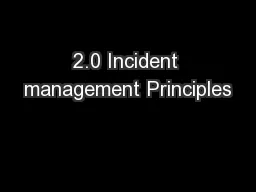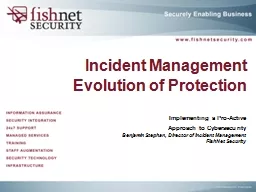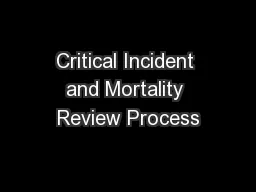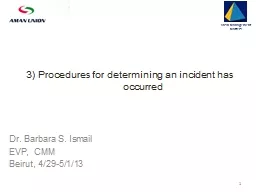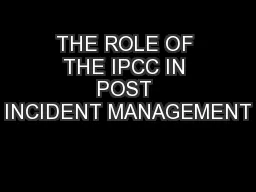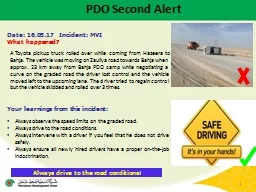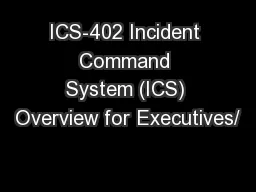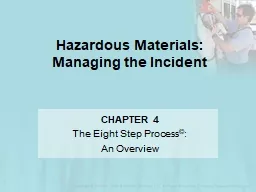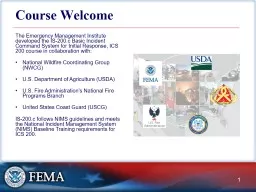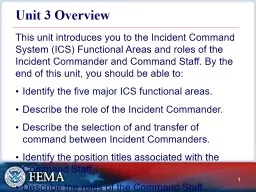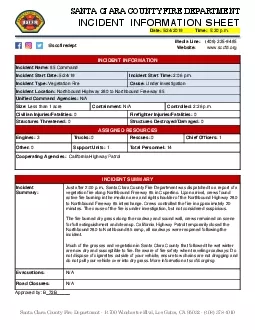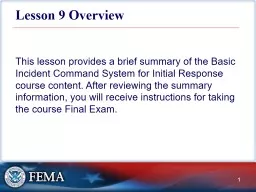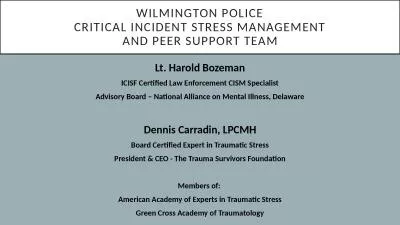PPT-2.0 Incident management Principles
Author : aaron | Published Date : 2017-05-06
Tripr Flammable Liquid unit Trains Neither the US Department of Transportation Pipeline Hazardous Materials Safety Administration PHMSA the Federal Railroad Administration
Presentation Embed Code
Download Presentation
Download Presentation The PPT/PDF document "2.0 Incident management Principles" is the property of its rightful owner. Permission is granted to download and print the materials on this website for personal, non-commercial use only, and to display it on your personal computer provided you do not modify the materials and that you retain all copyright notices contained in the materials. By downloading content from our website, you accept the terms of this agreement.
2.0 Incident management Principles: Transcript
Download Rules Of Document
"2.0 Incident management Principles"The content belongs to its owner. You may download and print it for personal use, without modification, and keep all copyright notices. By downloading, you agree to these terms.
Related Documents

